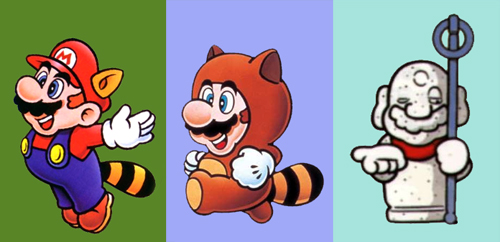Say you’re watching two objects — one painted in muted colors, perhaps in a similar tone to the background it’s moving against, and the other in bold, contrasting colors that stand out against both each other and the background. Now, which object should be easier to track?
What the hell, right? If anything, these ships should be hard to miss, but the theory behind dazzle camouflage — yes, that’s what it’s called — states that seagoing vessels painted in this manner would confound people watching them to the point that they literally couldn’t tell the front end from the back end, much less whether either was moving away from or toward them. (You can see more full-color examples of how these ships looked here.) Now, at this point in the explanation, the theory behind dazzle confounds me, even when I suspect that practice of it wouldn’t. I mean, should not the simple test of “Is it getting bigger or smaller?” override any color-based, visual trickery? Apparently not. According to Wikipedia, ship movements were tracked using an instrument that pieces images together, and the irregular shaped formed by dazzle camouflage made it hard to tell which piece went where, kind of like how a jigsaw puzzle of a Picasso painting would be an exercise in frustration. Whatever the effectiveness, the world powers’ battleships no longer sport the look of an M.C. Escher mistress stepping out for a night on the town.
I think what’s important to take away from this little history lesson, however, is that a military tactic — one that may well have saved or cost lives, depending on whose side you’re on — went by a name that might describe a certain musical theater aesthetic: “COLORS! And lots of ‘em. I want their eyes just popping out of their heads in presence of all this glitter and zazz! and kapowie! and hey-there! and did I say COLOR?!” The funny thing is that this association isn’t without precedent. In one of my favorite posts about obscure color terminology, I discussed a similar camouflage effort: Mountbatten Pink. Invented by Louis Mountbatten of the British Royal Navy, this shad would purportedly would have let ships pass undetected during the rosier hours of sunrise and sunset. It didn’t work, though it did make these naval ships look more like vessels in the service of the militant wing of the Mary Kay empire.
Best of all, Admiral Mountbatten had a certain reputation, based on his alleged proclivities during his days as a seasoned seaman, that earned him the nickname “Mount Bottom.” I’ve included an annotated painting of Lord Mountbatten so you may further understand the implications this nickname:
Did I mention that he was known to his friends as Dickie? And no, his first name was not Richard.
































